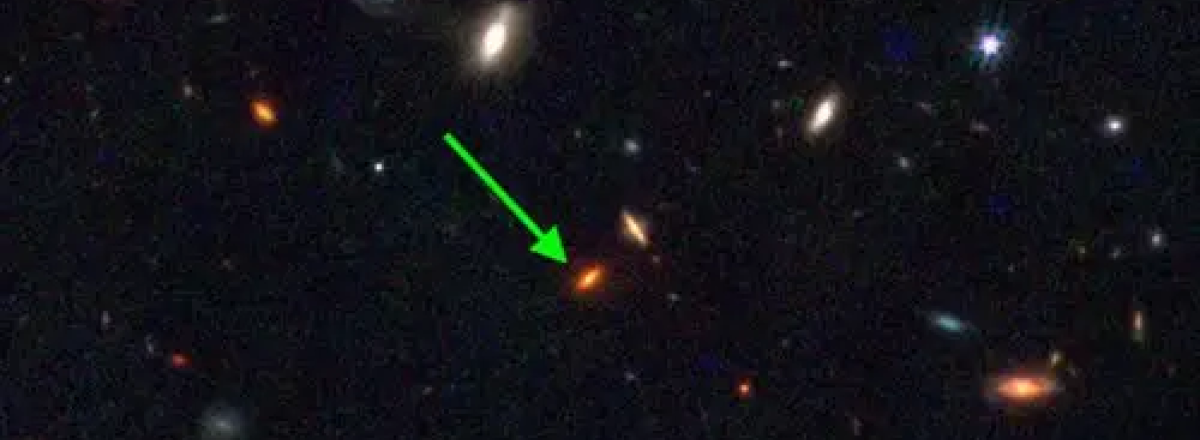James Webb Telescope Challenges Cosmological Theories with the Discovery of a Massive Early Galaxy
This galaxy is believed to have formed just 800 million years after the Big Bang, contradicting the belief that massive galaxies could not have formed so early in the universe's history due to a lack of dark matter structures.

The James Webb Space Telescope (JWST) has made a discovery that challenges the fundamental understanding of galaxy formation and evolution in the cosmos.
Researchers have identified an ancient galaxy, named ZF-UDS-7329, which appears to defy existing cosmological theories by its sheer mass and formation period. This galaxy, containing more stars than the Milky Way, is believed to have formed just 800 million years after the Big Bang, contradicting the belief that massive galaxies could not have formed so early in the universe's history due to a lack of dark matter structures necessary for star formation.
ZF-UDS-7329's discovery, which sends light from roughly 11.5 billion years ago, suggests it could have originated approximately 13 billion years ago, significantly earlier than what was previously thought possible.
This revelation raises pressing questions about the mechanisms behind the rapid formation of such massive galaxies and what could cause them to abruptly stop forming stars when the rest of the universe was highly active in star formation.
This discovery not only adds to a growing list of "impossible galaxies" identified by the JWST but also propels the scientific community towards reevaluating the standard model of cosmology.

